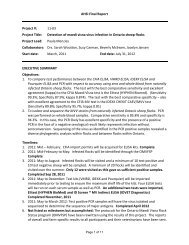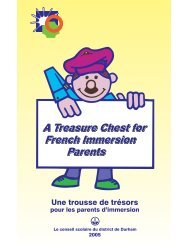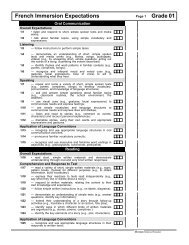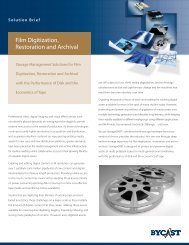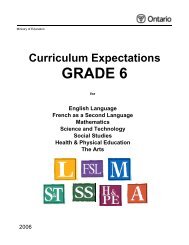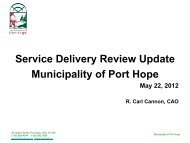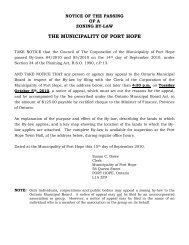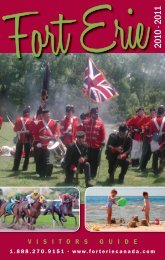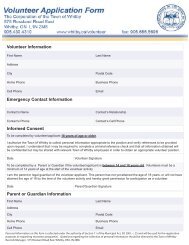GRADE 3 - PVNC Catholic District School Board
GRADE 3 - PVNC Catholic District School Board
GRADE 3 - PVNC Catholic District School Board
Create successful ePaper yourself
Turn your PDF publications into a flip-book with our unique Google optimized e-Paper software.
Science and Technology Expectations<br />
Developing Skills of Inquiry, Design and Communication<br />
3s39 – design and construct a system that uses magnetic force to move an object<br />
(e.g., create a boat that holds paper clips, and move it through water using a<br />
magnet);<br />
3s40 –ask questions about and identify problems related to magnetic and static<br />
electric forces, and explore possible answers or solutions (e.g., investigate<br />
ways of producing static electric charges in different materials);<br />
3s41 – plan investigations to answer some of these questions or solve some of<br />
these problems, and explain the steps involved;<br />
3s42 – use appropriate vocabulary in describing their investigations, explorations,<br />
and observations (e.g., use terms such as north pole, south pole, attract, and<br />
repel when describing magnets, and charge, dry, humid, conductor, and<br />
insulator when describing static electricity);<br />
3s43 – record relevant observations, findings, and measurements, using written<br />
language, drawings, charts, and graphs (e.g., use a data table to show the<br />
number of times a needle can be magnetized and the results of testing<br />
magnetic strength);<br />
3s44 – communicate the procedures and results of investigations for specific<br />
purposes and to specific audiences, using demonstrations, drawings, simple<br />
media works, and oral and written descriptions (e.g., demonstrate how an<br />
object moves through a magnetic maze they have created).<br />
Relating Science and Technology to the World Outside the <strong>School</strong><br />
3s45 – identify uses of magnets in familiar things (e.g., refrigerator magnets,<br />
compasses, door seal on a refrigerator, magnetic catches on cupboards);<br />
3s46 – describe examples of static electricity encountered in everyday activities<br />
(e.g., clothes clinging together after drying in a spin dryer; sparks made by<br />
touching objects after shuffling feet on carpets or by sliding down plastic<br />
playground slides in nylon snowsuits);<br />
3s47<br />
– identify ways in which static electricity can be used safely or avoided (e.g.,<br />
use a charged sheet of plastic to pick up dust; moisten materials so they do<br />
not cling together).<br />
Energy and Control<br />
Overall Expectations<br />
3s48 • demonstrate an understanding of how movement is caused by forces and by<br />
energy that is stored and then released;<br />
3s49 • investigate how different forces affect the operation of everyday devices, and<br />
design and construct devices that use a form of energy to create controlled<br />
movement;<br />
3s50 • identify objects, devices, and systems in everyday life that are affected by<br />
forces and movement and explain in what ways they are useful to us.<br />
Understanding Basic Concepts<br />
3s51 – identify force as a push or pull by one body on another;<br />
3s52 – investigate the ways in which different forces (e.g., magnetism, static<br />
electricity, muscular force, gravitational force) can change the speed or<br />
direction of a moving object;<br />
3s53 – investigate the effect of magnets and electrically charged objects on the<br />
motion of different materials (e.g., iron filings will be moved by a magnet,<br />
whereas grains of sugar will not);<br />
3s54 – identify, through observation, different forms of energy and suggest how they<br />
might be used to provide power to devices and to create movement (e.g., the<br />
release of energy from a tightly wound rubber band or spring would create<br />
movement in a wind-up toy);<br />
Grade 03<br />
Ministry of Education



